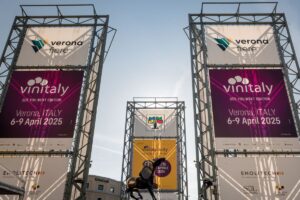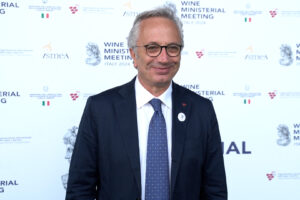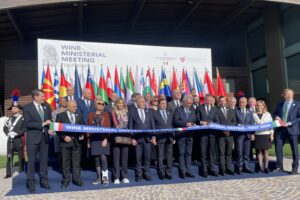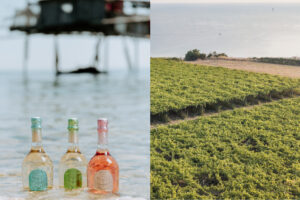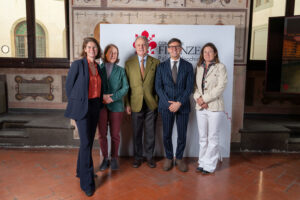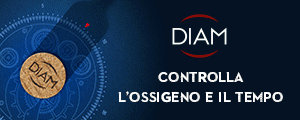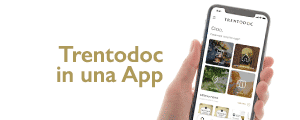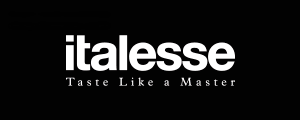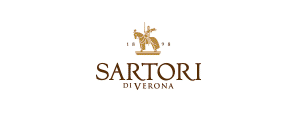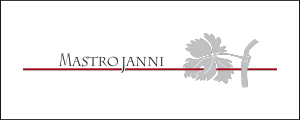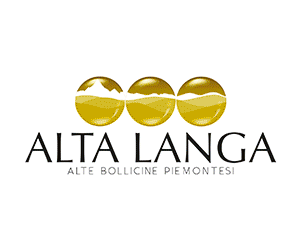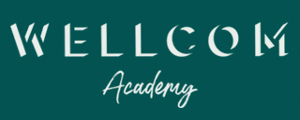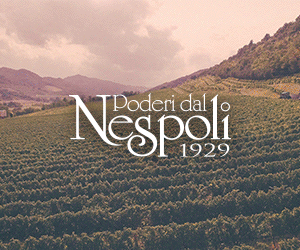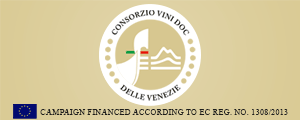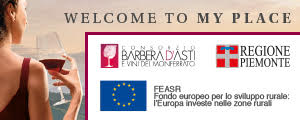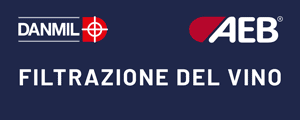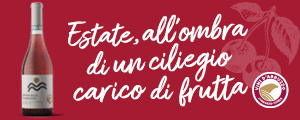In 2014 Italian wine exports could reach a new record (5.04 to 5.1 billion euros. Source: Wine Monitor-Nomisma estimates, ed.). This is the result of years of continuous growth, and all positive "indexes". From 2008 to 2013 value increased 45% and volumes 23%; therefore a net, but also structural increase (+ 100% in value and + 36% in volume in the period 2001 to 2013).
Above all, quality, demonstrated by the increases in value that exceed volume, is a sign of steady growth in the quality of the exported product. “It is a case of successful entrepreneurial and administrative management,” says Alberto Mattiacci, Professor of Economics and Management at La Sapienza University in Rome, author of the study, "Tales from the future. Ten years of Made in Italy in the world for a successful future”, presented today in Rome, together with the Institute of Great Wine Brands, the association led by Piero Antinori which brings together 19 wineries, symbols of Italy in the world. It is a success that has absorbed both the post 2008 crisis and the Euro effect, because third countries, in the period 2008 - 2013 grew more than EU countries, in volume (+ 32%, 6.8 million hectoliters in 2013) and value (+ 50%, to 2.4 billion euros). The average aggregate value of goods sold outside the EU is almost twice that of the EU (358.85 euros /hl versus 188.96 / hl).
The study revealed that merit also goes to a support system of exports and promotion that companies have had available and that has played an important role stimulating the industry to the necessary qualification of Italian exports as well as a policy of dialoguing with companies (2004-2014 the Great Brands have invested a total of around 60 million euros; about one third with the support of the EU promotion).
This was done even before consolidating its presence on more mature markets outside the EU and penetrating growing markets (in consumer countries, and not just "randomly"). The successful public-private combination has worked very well in the CMO so far, and perhaps the Italian wine world can realistically aspire to the hope that Prime Minister Matteo Renzi expressed at Vinitaly 2014 - "+ 50% in 7 years" of exports - by consolidating and enhancing the results achieved so far.
Focus - CMO wine, the case history of Istituto Grandi Marchi.
Antinori: “We have put penetration projects on the markets in the pipeline, with CMO funding, not just “hit and run” operations"
"The Italian GDP would today be 500 billion euros more if it had grown as much as Made in Italy wine exports from 2007 to 2013”, said Alberto Mattiacci, Professor of Economics at the University of Rome, author of the study on wine exports by the Institute of Italian quality wine Grandi Marchi presented today in Rome, citing the data from the department of economic studies of the bank BNL. The projects undertaken by Grandi Marchi (three thousand years of history and Italian wine viticulture and 12 regions represented, bringing together 19 icon wineries of Italian wine: Alois Lageder, Argiolas, Biondi Santi - Greppo, Ca 'del Bosco Michele Chiarlo, Carpenè Malvolti, Donnafugata, Ambrogio and Giovanni Folonari seals, Gaja, Jermann, Lungarotti, Masi, Marchesi Antinori, Mastroberardino, Pio Cesare, Rivera, Tasca D'Almerita, Tenuta San Guido, Umani Ronchi, with sales of almost 500 million euros of which 60% in exports, and +6.5% on the value of national exports) focus on activities from 2009 to 2013, when the Institute became involved in CMO Wine Promotion projects. From 2004 to 2014, the Institute (worth a total of 6.7% of world exports) has invested around 60 million Euros in the promotion of quality wine (about one third with the support of EU promotions).
According to the study, the results are in some cases net and sensational, with leaps like
+ 562% registered in Brazil and structural growth in exports in global markets at 41%. Market penetration has also been a success as the number of third countries has tripled and now account for about 90% of the demand for non-EU wine.
Policy management, according to the study, has determined an increase in turnover in growing non-EU countries: + 88% in Russia, + 133% in China and + 562% in Brazil and consolidated traditional markets, with great performances in the US (+ 19%), Canada (+ 25%), Switzerland (+ 59%) and Japan (+ 79%).
The president of Grandi Marchi, Piero Antinori, said, "from a qualitative point of view, what sets us apart is that we have put projects and penetration on the markets in the pipeline with CMO funding, and not just hit and run transactions. Our businesses”, he added, “are investing in strong markets and those with great prospects, exporting quality products, creating value for the brand and the country. The research we commissioned is a useful tool to open a dialogue with CMO Wine Promotion”, concluded Antinori, “and with those who, like us, have proven they have worked for the common good and the institutions that represent this sector at the national and EU political level”.
The research highlights how investments made in the reported period follow a management model of action: "consumer-oriented" activities for about 60% of the resources used and "market relations" with direct initiatives to stakeholder, opinion and business medias for about 40%.
Mattiacci said, “The CMO is an external variable to the business system, which we believe has worked very well and is a vital part of the future. It is not clear why there have been certain criticisms recently about what we like to call a tool of European industrial policy”.
The study sees the Italian experience in the CMO as still perfectible, compared to the French and Spanish There are three possible areas of intervention: simplifying management procedures; introducing mechanisms for selecting players who log on to the measure because of their ability to use the funds on concrete and prospective projects, and constantly monitoring the impact of the measure at medium-term, at the aggregate level and mandatory monitoring of individual projects.
Finally, The research identifies the profile of the Italian export value combining some features that are well represented by the Istituto Grandi Marchi players. Bottling is the result of a stable commercial presence and active selling of glamorous offers. This model must continue to grow and gradually replace another Italian export model made of bulk and basic wines, which are the result of one shot and often-passive sales activities.
In April, the Istituto Grandi Marchi will sponsor a conference on this in-depth research, dedicated to the entire Italian wine industry.
(www.istitutograndimarchi.it).
Copyright © 2000/2024
Contatti: info@winenews.it
Seguici anche su Twitter: @WineNewsIt
Seguici anche su Facebook: @winenewsit
Questo articolo è tratto dall'archivio di WineNews - Tutti i diritti riservati - Copyright © 2000/2024










